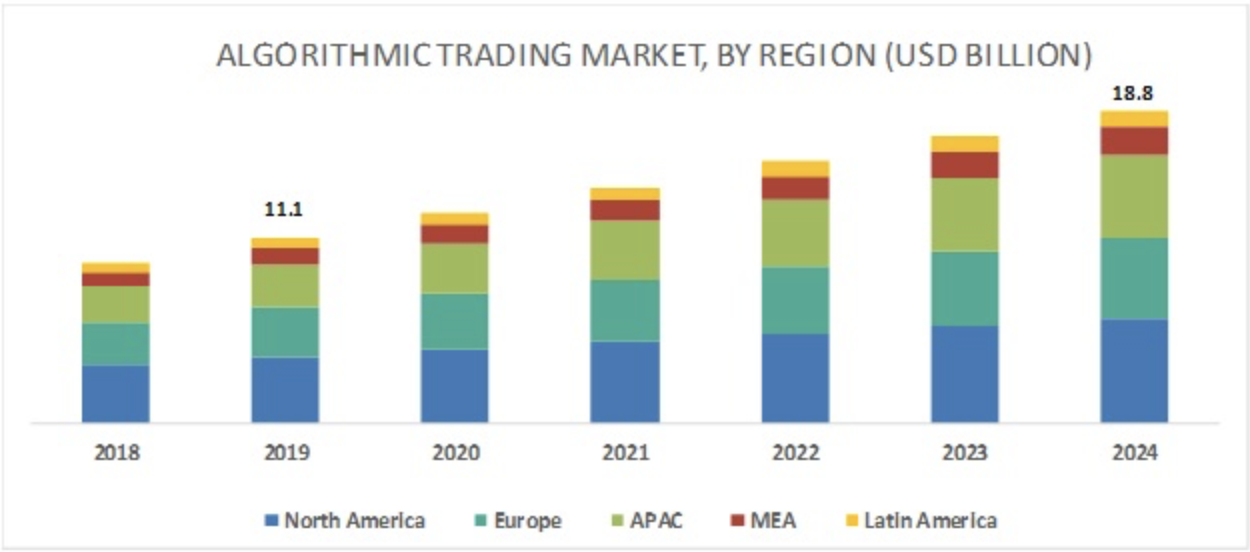Synthetic propaganda created by artificial intelligence challenges the way quant trading firms evaluate the validity of news.
A picture of an apparent explosion at the Pentagon sent the S&P 500 reeling 0.3% in 30 minutes and alerted trading companies that their news aggregation tools needed work.
SponsoredHigh Speed Firms Scramble to Contain Deepfake Fallout
While trading firms’ algorithms have grown increasingly likely to filter misinformation, the threat landscape is growing into a high-stakes cat-and-mouse game that few anticipate solutions to in the near term.

RavenPack data scientist Peter Hafez says firms have two immediate concerns.
“We see quants facing two hurdles: fake images that may fool a journalist, and reports of fake images that fool the algorithm itself.”
Combating deepfakes at scale will likely require significant technological investments to dampen trading mayhem, especially for high-speed trading firms that profit customers through minute differences in the prices of financial instruments.
Read more about AI trading bots here.
In the meantime, some companies are turning to data sources that aggregate news from different sources into a sentiment score.
SponsoredOther companies trade using trends rather than sharp price movements driven by social media and current news stories. Companies are also changing algorithms to cross-check sources for validity.
Disinformation Thrives on Data Consumption
A recent UN report described how private and public sector collusion could drive disinformation campaigns to achieve political or financial agendas.
The report specifically alerted the public to how AI-generated deepfakes can stoke civil unrest.
According to the University of Buffalo Media Forensics Lab, generating a deepfake only requires about 500 images or ten seconds of video.
However, MIT Technology Review argues the prevailing view is that AI works better with more data. OpenAI’s GPT-2 model used 40 gigabytes, while GPT-3 used 570 GB.
The firm has not disclosed how much data its GPT-4 model uses. More data can potentially generate more realistic deepfakes. A recent European Union draft bill asks companies to reveal the data sources their AI algorithms use to generate content.
Buffalo’s forensics lab detects deepfakes by identifying abnormal eye movements. On the other hand, Intel’s FakeCatcher tool can assess visual content for authentic human blood flow.
Google’s forthcoming metadata and watermarking tools can help identify synthetic content. Metadata appended to a file provides context for the content while watermarking embeds resilient seed data that can survive modest edits.
For BeInCrypto’s latest Bitcoin (BTC) analysis, click here.

